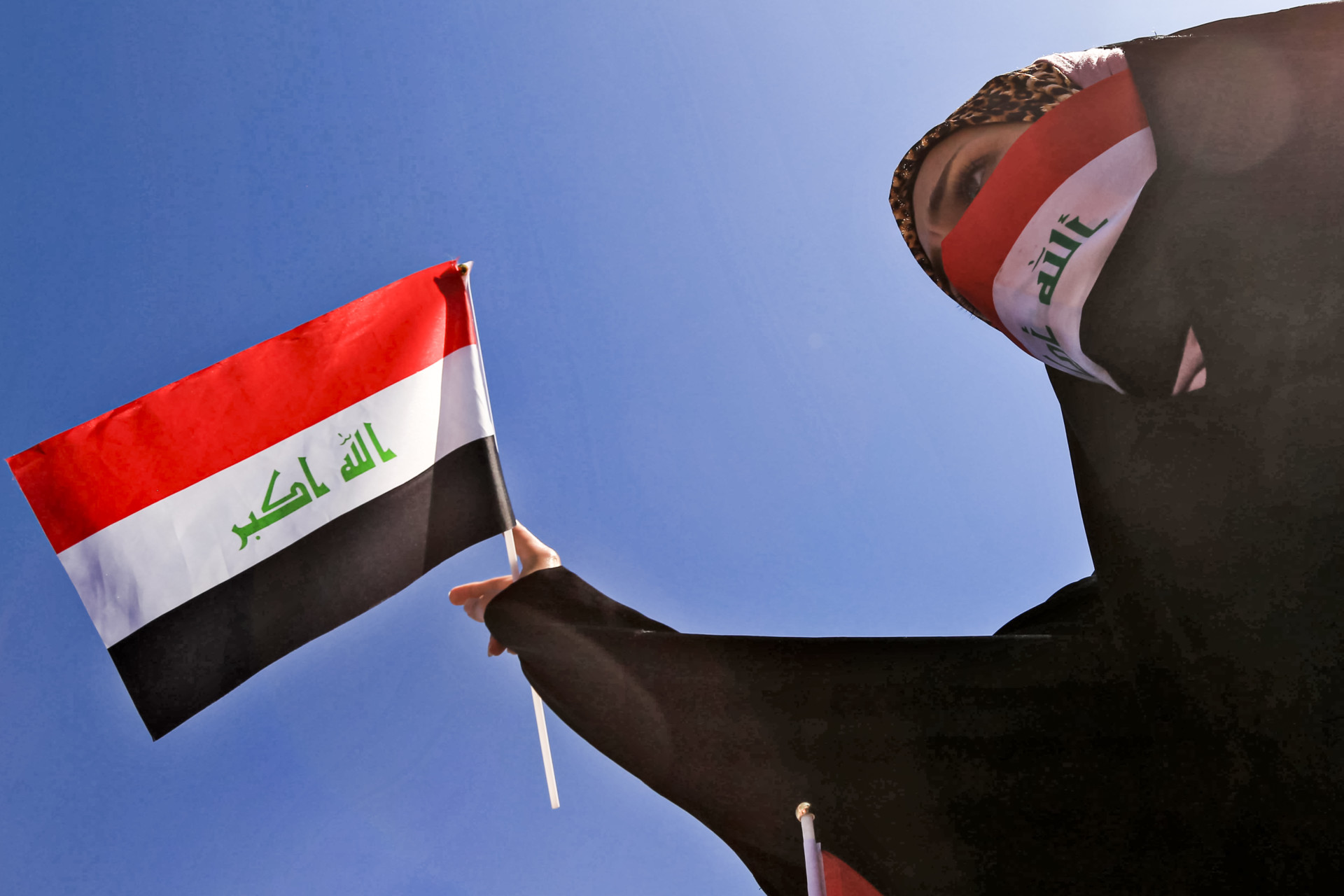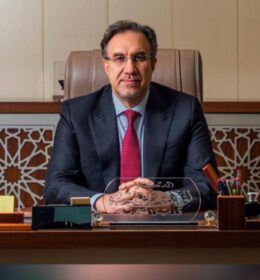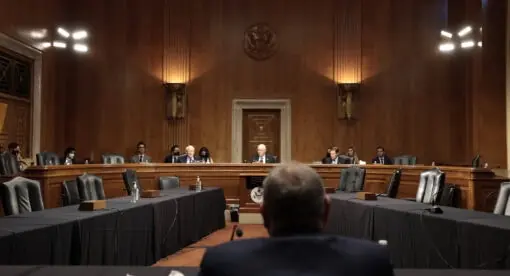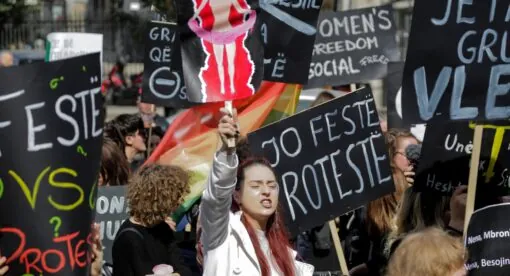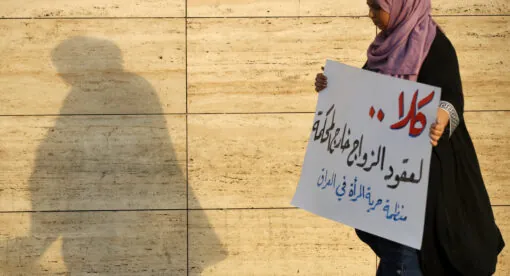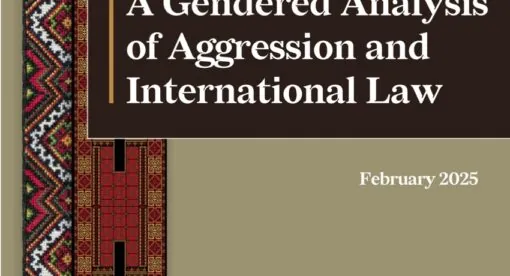“In this regard and with sadness, I have to say that it is my belief there is no Iraqi people inside Iraq. There are only diverse groups with no patriotic sentiments. They are filled with superstitious and false religious traditions. There are no common grounds between them. They easily accept rumors and are prone to chaos, prepared always to revolt against any government. It is our responsibility to form out of this mass one people that we would then guide, train and educate.” – King Faisal I, Memorandum, 1932
This month, Iraq will be commemorating exactly 100 years since a failed revolt against the British. More importantly, Oct. 3 will be enshrined by law as a national holiday, marking the country’s independence from Britain in 1932. Iraq spent the next 20 years as little more than a vassal state of the British, but the date is important because the monarchy would eventually set in motion Iraq’s first path to political sovereignty, economic development, and perhaps, collective national identity – a process violently interrupted in 1958 by the military coup that overthrew the monarchy.
In less than a century, Iraq has had nine flags, five national anthems, 10 constitutions (not including various changes), countless controversial national days, and a lack of a social contract – a historical process that tells the story of Iraq’s lost national identity.
Iraq’s identity, whether socialist, communist, capitalist, theocratic, or pan-Arab, has been fought over ever since, but the period after it declared independence, specifically the 1950s, holds lessons relevant to the country’s current crisis. This is not to say Iraq should have remained a monarchy but that it must rediscover the spirit of the 1950s National Development Board, which leveraged revenue from the country’s national resources to fund large development projects throughout the country. Had that effort continued, it is possible to imagine Iraq having transitioned to a republic without the bloodshed of 1958 and the many decades of turmoil that followed. Oct. 3 is indeed an important date because it is about collective memory, identity, and a path toward a viable political economy.
Iraq’s Bloody Path
Consider King Faisal I’s prescient lament in 1932 that there was “no Iraqi people” but instead a series of competing communities who “easily accept rumors and are prone to chaos.” It is worth examining both parts of Faisal’s quote about the absence of shared social bonds, but also an effort Faisal imagined that could one day create such a society and develop Iraq: “It is our responsibility to form out of this mass one people that we would then guide, train and educate.”
Faisal foresaw the bloody future Iraq was heading toward without greater social inclusion, but he believed good governance could create the bonds of national identity and stability. In its first 100 years as a post-Ottoman state, Iraq has experienced quite the opposite: revolutions, coups, mass protests, uprisings, two major occupations, ethno-sectarian conflicts, civil war, constitutional monarchy, military rule, centralized republicanism, dictatorship, chaotic nascent democracy, and an ongoing experiment with federalism.
Of course, state formation or consolidation is always a tumultuous process. Over a century passed between the U.S. Civil War and the 1968 protests and riots over civil rights. Both periods were landmarks in the United States’ journey to a national narrative and ultimately, one flag for all. In sharp contrast, Iraq’s cities are filled with flags and symbols of political and religious groups that compete with the Iraqi flag, each symbol tied to the vision of a particular group, but not the nation.
In 2017, Iraqi Deputy Prime Minister Ali Allawi, Abbas Kadhimi, and I co-authored a declaration for a national vision we called The Manifesto. The document is a call for Iraq to develop a new national plan that would merge a coherent policy with an effort to enhance the cohesion of Iraqi society. The Manifesto was driven by ambitious targets, the heart of which was a sweeping depoliticization of the Iraqi civil service in the spirit of Iraq’s 1950s development plans.
The Manifesto was written with the knowledge that existing Four-Year Plans made by the Ministry of Planning would achieve very little so long as ideological figures controlled all the levers of government. After long consultations with scholars and political figures, one of our conclusions was this: “The identity of Iraq as a country … is the fundamental building block from which all others emanate. The vision must revolve around an Iraq whose contours have been clearly established.”
Whether Iraq’s contours are clearly established has been intensely contested. In recent years this matter has been put to rest following what Reidar Visser has called the “cliche that Iraq was assembled by the British after the First World War from three disparate Ottoman provinces.” Iraq constituted a well-defined geographical entity long before the arrival of the British, a land bound by its geography rather than identity, which has slowly emerged but has been twisted and fought over by successive political elites.
In this context, it has been argued that Iraq itself, whether from the fertile plains that are thought to lend the country its name or the Sumerian city of Uruk, refers more to a place than its people. If Iraqis have shared any sense of place, it is as the descendants of the founders of modern agriculture, dependents on the Tigris and Euphrates rivers, a country of tribal people who have long identified as such but now long for good governance based on equitable distribution of resources, meritocracy, and equal opportunity.
Contested Identity
Iraq arguably already had the roots of shared identity: The birth itself had happened thousands of years ago by virtue of the lush territory our ancestors inhabited, but growth has been erratic, and a shared sense of place has been distorted by a succession of populists who weaponized religion, socialism, and pan-Arabism.
The result of enforcing political identity on a diverse population was a violent rejection of the Baath Party’s project. Eventually, Saddam Hussein reverted to tribalism during the 1990s, handing out land and favors to loyalist tribes from north to south. This only strengthened another layer of divisive communal identity, creating more cracks in Iraqi society as the Baath deported, jailed, displaced, or murdered unfairly labelled fifth columnists whose only crime was to be in the wrong community at the wrong time.
In this vein, Oct. 3 is about Iraq finally finding the shared bonds forged by struggle that other societies have discovered together over hundreds of years, leading to greater civic duty, an effort for society at large, rather than political parties or religious identity.
An illustration of Iraq’s contested identity can be found in the story of our national flags, of which there have been at least nine, including an abandoned flag design in 2004. Iraq’s flags represent a strange state of incoherent identity, but also the struggle to capture the bounty of the Iraqi state through violence and populism. They represent, variously, experiments with pan-Arabism and the pan-Arab colors, with each successive administration after 1958 trying to make their mark before being bloodily deposed. After decades of ideological strife, the flag itself became a contested space as Hussein’s added “Allah Akbar,” removed from the flag after 2003, was allegedly in his own handwriting, then reinstated in Kufic calligraphy.
The National Development Board
This struggle for the national narrative arguably accelerated after 1958. Beginning in the 1950s when oil revenues quadrupled, the centralized monarchy began an effort that had a chance to avoid the clientelism that has defined Iraqi politics ever since. King Faisal I, had he lived to see this period, might have taken heart that at least until the horror of the 1958 coup, a government was working for national development, going against what he called “the huge differences between the sects that is exploited by evil-doers,” one year before his death.
Bassam Yousif described how in the early 1950s the Iraqi government renegotiated concession contracts with oil companies, leading to government revenues increasing by a factor of four. A National Development Board was established, which allocated 30% for operational expenditures and 70% for megaprojects and investment, the opposite of what the political system in Iraq has done today.
Stanley John Habermann discusses how flood defenses and irrigation projects transformed agriculture in every part of Iraq, from the Wadi Tharthar drainage facility in the west to the hydroelectric dam at Lake Dukan in the Kurdish region. Other development work included the expansion of the port at Basra and a new airport at Baghdad, along with 2,000 kilometers of new roads. A small refinery in Dora, Baghdad, would become one of the country’s most important.
While this may seem like a rosy view of the era, and it is true that growth would be slow coming to all Iraqis, the point is that this experiment in development was short-lived and ended in a bloody coup that would unleash intense ideological struggles in every province of Iraq for decades to come.
It is pertinent here to ask: Why would a broad national development effort lead to a greater sense of national identity, reduced communal divisions, greater stability, and, eventually, development? Theodore D. Woolsey wrote in 1860 that in order for a nation to exist as such, “there must be a place where its sole sovereignty is exercised.” If sovereignty is derived from control of territory, then control of that territory comes from legitimacy, and legitimacy, as John Locke theorized in the 17th century, is derived in part by a government serving the public good. The National Development Board, despite the controversies of the monarchy, was a step in this direction.
The 1958 coup led to an era of political instability that would continue until 1968, before the newly born republic was violently controlled for decades under the Baath, only to re-emerge chaotically after 2003. Throughout that period, social tensions had been building up, reflected in some of the confused language of Iraq’s constitution, which while praiseworthy for trying to enshrine human rights, unintentionally highlighted sectarian and ethnic differences.
The Significance of Oct. 3
Oct. 3 thus marks a long-forgotten independence effort, and commemorating the day can help find a point on a compass that as many Iraqis can relate to as possible. The holiday itself is only one part of this effort; the rest can only come through a new development plan for Iraq built on the shoulders of an independent bureaucracy and, hopefully, new political movements that represent the youth of Iraq.
The 2003 ouster of the Baathist republic is referred to as regime change when in fact it was a collapse of any semblance that remained of Iraqi nationalism. Since then, Iraq’s national identity has been displaced by subnational impulses informed by sect, ethnicity, and religious ideologies. Youth-driven popular unrest demanding better governance, however, strongly suggests that the Iraqi national struggle is alive and kicking.
Celebrating an old independence day represents the shared belief that Iraq can only progress through collective effort and, by doing so, can regain a degree of sovereignty and insulation from countries that have sought to use the Iraqi people for their own proxy struggles. Perhaps then, Iraqis can reconcile and progress with a much deeper sense of unity, looking back to our history to move forward rather than being stuck in the past. The future of Iraq and Iraqis needs evolutionary thinking to develop a prosperous state and nation, not another revolutionary episode that will lead to bloodshed and destruction.
Dr. Luay al-Khatteeb is Iraq’s former electricity minister. Before his Cabinet appointment, Dr. al-Khatteeb was the founding director of Iraq Energy Institute, Fellow at the Center on Global Energy Policy, and a former Foreign Policy Fellow at the Brookings Institution. Khatteeb was a recent guest of the Newlines Institute in the May 19 episode (Iraq: Evolution or Revolution?) of Newlines Institute‘s webinar series.
The views expressed in this article are those of the author and not reflective of an official policy or position of the Newlines Institute.

